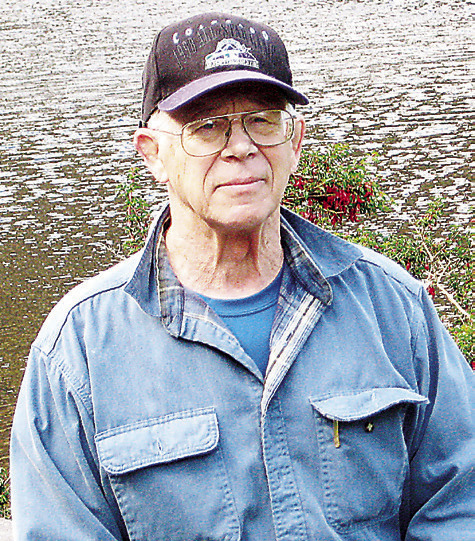I have seen a number of posts in the media about running the past two weeks. Two things seem to stand out to me when reading over the comments. A number of the posts show the progression of times and distances over a period of years. The early years are the shorter distance races like 5K’s, 10K’s and slow times. As the years progressed the times seemed to get faster and faster. It would seem as a runner gets older the times would get slower. The training times often remained the same but the race times kept getting faster.
Having gone through similar sequences in running it seems that the actual running in a race plays a critical part in faster running. A friend and I lifted weights and then ran a mile after the workout. We thought we were doing good running that mile. One day we decided to try a three mile run. At the halfway point my partner needed to retie his shoe. That slow retying of the shoe for five minutes was one of the reasons we completed the three-mile run. Then in 1979 the first Capital 10K was held. Another friend was asking me to join him. Having a hard time with three miles, I was not enthused about running over six miles. The cutoff for entering was a week before the race. My excuse was, “Oh, I forgot to enter in time, so I can’t run with you.” He talked to my wife and she entered us both in the race. My claim to fame in that first race was I beat the 54 minute cut off time to get a t-shirt and I beat some 12-year-old youngsters by 10 seconds.
Over the years, my 10K time eventually dropped down to 38 minutes. And that same friend wanted to run a marathon. Again, knowing how hard that 10K distance was, I declined. The point was that we ran together, and I went on his increased mileage runs. The long distance was not as imposing as in the original thinking. After he ran his marathon, I entered the Houston Tenneco marathon to give it a try. My goal was to break four hours. I made it in 15 minutes. I was hooked on running marathons. I eventually ran 16 marathons and dropped my finish time down to 3:04. That was good enough to qualify for the Boston Marathon. The thought back then was if you ran fast enough to qualify you have to run the Boston Marathon. I entered with the thought of running for fun and enjoyed the fact that I was running in the Boston Marathon. And I ran under 3:30 and enjoyed the run and the excitement of the crowd along the way.
Seeing the progression of other runners going through the same series of faster times and longer distances seemed to make running a learning process. It takes time for the muscles and cardiovascular systems to adjust to the increased effort faster and farther. I did add some interval and pace work to my training and am convinced that helped with the faster times. With faster training times the slower runs became much easier, and it seems that on some of the training runs the conversations were similar to people going out for a walk around the block.
The second part of reading the social media stories on running was the number of senior-aged runners. Several stories mentioned that the runner started their running career at age 70 years. There were several with success stories of runners in their 90’s still running marathons. I have several friends that are in their 80’s that are still entering races. Running is an activity or sport that can be done for a lifetime. I have heard from runners I knew back in my running days that came down with injuries that curtailed their running. It seems the knees are the weak spot for runners after years of running. The next body part causing a runner to stop were the feet. This is a logical reason when you start counting the number of pounding steps the feet take after years of running. Looking back at my running style as a “pounder style” instead of being light on my feet and lifting heavy weight squats, my knees just told me to slow down. A run that had the knee swell up made walking and bike riding a better option.
The positive part of these stories about runners and the progression of running faster and farther for many years is that compared to other sports and non-active people the runners are usually still active and moving about. The speed is now walking and not as brisk as those younger years, but it is still better and faster than many of their age. It pays in the long run to keep moving.










